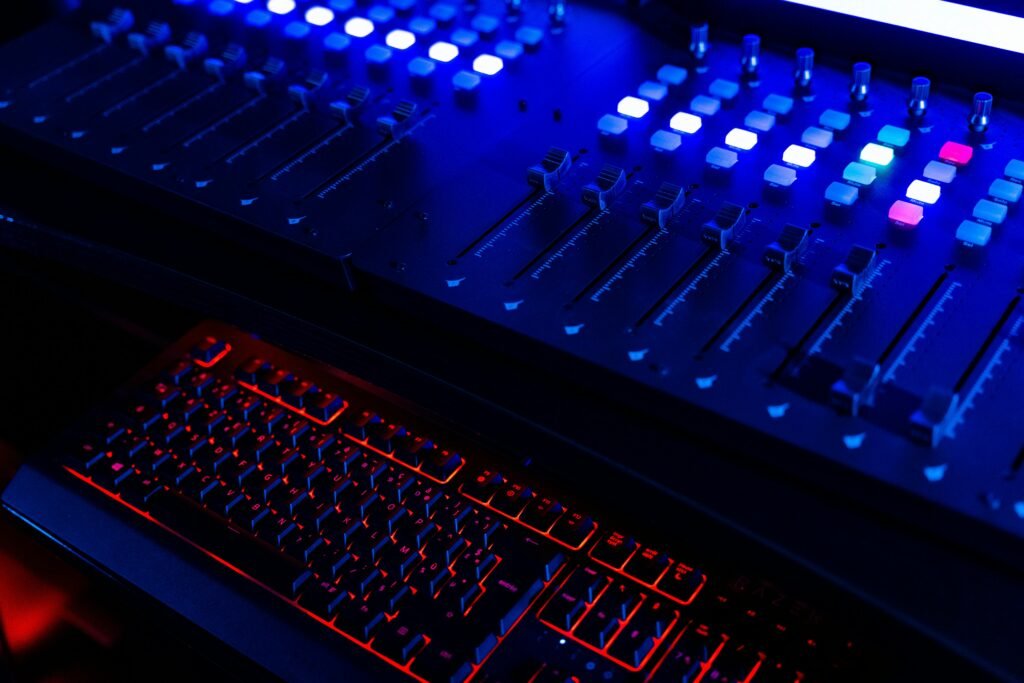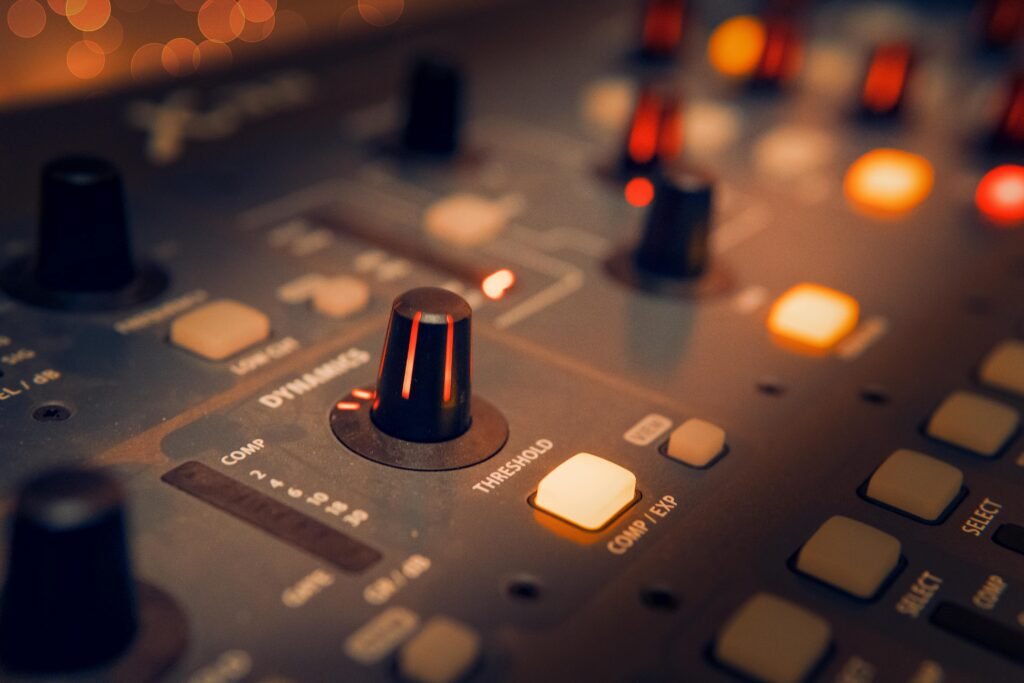As a professional composer deeply immersed in the world of music production, I understand the pivotal role that audio effects play in shaping the sonic landscape of a musical composition. Audio effects are powerful tools that can enhance, transform, and elevate the overall quality and aesthetics of a music production. In this comprehensive guide, I will share effective strategies, valuable tips, and practical tricks to help you master the art of using audio effects and achieve professional-level results in your music production endeavors.

Understanding Audio Effects
Before delving into specific strategies and techniques, let’s first understand what audio effects are and how they function within the context of music production.
Audio effects, also known as signal processing effects, are tools or plugins used to modify the sonic characteristics of audio signals. These effects can alter various aspects of sound, including timbre, dynamics, spatialization, and temporal properties, to create desired sonic textures and atmospheres. Audio effects can be applied to individual audio tracks, groups of tracks, or the entire mix, allowing composers and producers to sculpt the sound and evoke specific emotions or moods in their music.
Effective Strategies for Using Audio Effects
Now, let’s explore some effective strategies and techniques for using audio effects to enhance your music production:
1. Understand the Purpose of Each Effect:
Before applying any audio effect, it’s essential to understand its intended purpose and sonic characteristics. Familiarize yourself with different types of effects, such as equalization (EQ), compression, reverb, delay, modulation, and distortion, and learn how they influence the sound of your audio signals. Each effect serves a specific function and can be used to achieve different sonic outcomes, so choose the right tool for the desired result.
2. Use Effects Sparingly and Purposefully:
While audio effects can add depth and richness to your music productions, it’s crucial to use them judiciously and purposefully. Avoid overloading your tracks with excessive effects, as this can clutter the mix and obscure the musical elements. Instead, focus on applying effects strategically to enhance key elements of the composition, such as vocals, instruments, or transitions, and prioritize clarity and balance in the mix.
3. Experiment with Signal Chain and Routing:
Explore different signal chain configurations and routing options to achieve unique sonic textures and spatial effects. Experiment with the order of effects in the signal chain, parallel processing, and send/return routing to create depth, dimensionality, and movement in your mix. Consider using effects sends and returns for reverbs, delays, and spatial effects to maintain clarity and cohesion in the mix while adding depth and ambience to individual tracks.
4. Embrace Creative Sound Design:
Don’t be afraid to experiment and push the boundaries of conventional sound design techniques. Use audio effects creatively to sculpt sounds, create unconventional textures, and evoke specific emotions or atmospheres in your music. Explore advanced synthesis techniques, spectral processing, and experimental effects chains to develop your unique sonic signature and stand out from the crowd.
5. Pay Attention to Automation and Dynamics:
Utilize automation and dynamic processing to add movement, expression, and depth to your music productions. Automate parameters such as volume, panning, EQ, and effect parameters to create dynamic transitions, build tension, and emphasize key musical elements. Use dynamic processors such as compressors, expanders, and transient shapers to control the dynamic range and shape the envelope of individual tracks or the entire mix.
6. Maintain Balance and Cohesion:
Maintaining balance and cohesion is crucial when using audio effects in music production. Pay attention to the overall tonal balance, spatial imaging, and dynamic range of your mix, and ensure that each effect complements the others to create a cohesive sonic landscape. Use referencing tools, frequency analyzers, and spectrum analyzers to monitor and adjust the spectral balance and stereo imaging of your mix and make informed decisions about effect placement and settings.
Tips and Tricks for Using Specific Audio Effects
In addition to the general strategies outlined above, here are some tips and tricks for using specific audio effects commonly employed in music production:

1. Equalization (EQ):
- Use EQ to sculpt the frequency response of individual tracks and shape the tonal balance of your mix.
- Use high-pass and low-pass filters to remove unwanted low-frequency rumble and high-frequency noise.
- Experiment with parametric EQs, graphic EQs, and shelving EQs to achieve precise tonal shaping and frequency carving.
2. Compression:
- Use compression to control the dynamic range of audio signals and enhance perceived loudness and clarity.
- Experiment with different compression ratios, attack times, and release times to achieve the desired level of dynamic control and transparency.
- Use parallel compression techniques to retain the natural dynamics of audio signals while adding punch and presence to the mix.
3. Reverb and Delay:
- Use reverb to add depth, space, and dimensionality to your mix and create realistic acoustic environments.
- Experiment with different reverb types, decay times, and pre-delay settings to tailor the reverb effect to the specific needs of your mix.
- Use delay effects to create rhythmic patterns, spatial effects, and echoes that enhance the groove and texture of your music.
4. Modulation and Time-Based Effects:
- Experiment with modulation effects such as chorus, flanger, and phaser to add movement, texture, and coloration to your audio signals.
- Use time-based effects such as tremolo, vibrato, and rotary speaker emulation to create pulsating rhythms and swirling textures that enhance the musicality of your productions.
- Combine modulation effects with delay and reverb for complex spatial effects and evolving textures that add depth and interest to your mix.
5. Distortion and Saturation:
- Use distortion and saturation effects to add warmth, grit, and character to your audio signals and emulate the sonic characteristics of analog hardware.
- Experiment with different types of distortion, including tube saturation, tape saturation, and transistor saturation, to achieve desired tonal coloration and harmonic richness.
- Use distortion creatively to transform sounds, create unique timbres, and add edge and aggression to your music productions.
Conclusion
In conclusion, mastering the art of using audio effects is essential for composers and producers seeking to elevate the quality and impact of their music productions. By understanding the purpose and sonic characteristics of different effects, employing effective strategies and techniques, and experimenting creatively, composers and producers can unlock the full potential of audio effects to enhance their musical compositions and captivate listeners. Whether you’re sculpting the frequency response of a vocal track with EQ, adding depth and dimensionality to a mix with reverb and delay, or creating rhythmic textures with modulation effects, the possibilities are endless. With dedication, experimentation, and a keen ear for detail, you can master the art of using audio effects and take your music production skills to new heights of creativity and excellence.